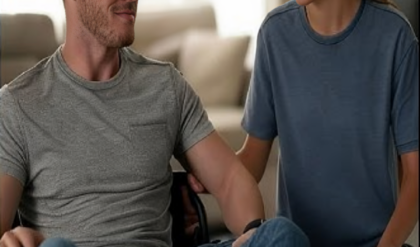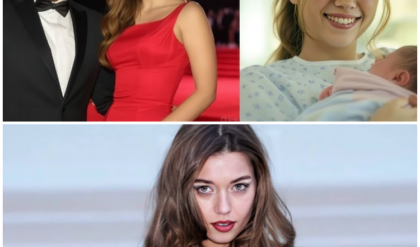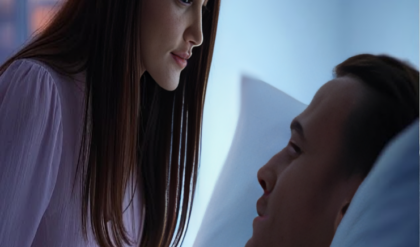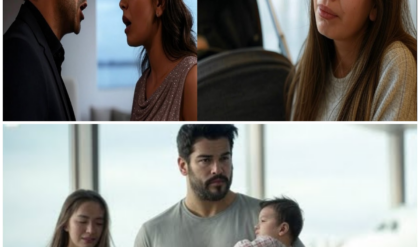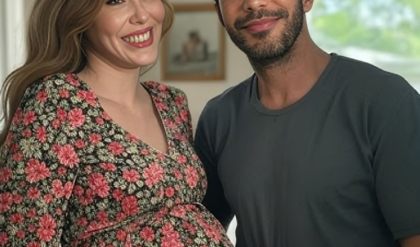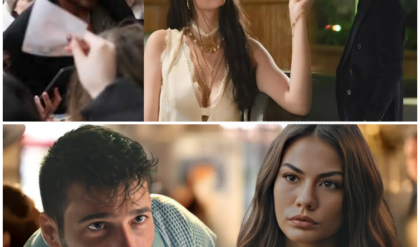The royal used clothing not just to promote designers, but to change the way she approached people, too
Throughout her years in the spotlight, Princess Diana transformed from bashful young woman to princess bride to glowing mom — and ultimately, an independent woman striking out on her own.
Now, in the new exhibit Diana: Her Fashion Story, that journey is being celebrated at her former home, Kensington Palace, starting February 24. The exhibit will showcase 25 of Diana’s most iconic outfits and explains some of the reasoning behind her fashion choices.
“What you see in the exhibition is a real evolution of the princess’s style,” Eleri Lynn, the curator of the exhibit, tells PEOPLE in this week’s issue. “You see that New Romanticism of the early ’80s and all the frills and ruffles that were fashionable at the time, but you see through the course of the display the princess really getting a sense of her own style . . . to this fantastically glamorous, self-confident stylish woman.”
Surprisingly, “when she stepped on to the international stage as the fiancée of the Prince of Wales [Prince Charles], she had very few clothes,” Lynn says. “Her wardrobe was playful, and she borrowed a lot of clothes from her friends. But she quickly learned what would work in a public capacity. She had a great design eye and a real knack for fashion. Although she wanted to focus on her work, she wanted to use fashion to help that.”
In Scotland on her honeymoon in 1981, Diana was captured snuggling up to her new husband as they posed for a photo call. Her tweed suit by Bill Pashley showcased her country style, says Lynn.
:max_bytes(150000):strip_icc():focal(676x0:678x2):format(webp)/635250-2000-310b28bc70b8498ea12be6de8f37c2e1.jpg)
ANWAR HUSSEIN/WIREIMAGE
“She asked two versions of the suit to be made. She chose the larger jacket that gave her more room for country pursuits like walking and shooting.”
The early Lady Di look is also captured by a “fairly modest pink blouse that is one of the highlights of the exhibition,” Lynn says. The piece, by Elizabeth and David Emanuel, was chosen by the princess-to-be when she went for a photoshoot with Lord Snowdon for Vogue.
“The publication of the magazine coincided with the engagement announcement,” Lynn shared. “It was because of that blouse that Lady Diana Spencer went on to ask the Emanuels to design her wedding dress.”
The Emanuels are also represented by the green-and-black suit created for a visit to Italy in 1985. “It was very of its time, very ’80s, but it was actually based on a 1920s collection that the Emanuels had done that season.”
:max_bytes(150000):strip_icc():focal(999x0:1001x2):format(webp)/princess-di-2000x2000-1-e1cba8acb61549f88f29f203ccfee816.jpg)
SWNS.COM; TIM GRAHAM/GETTY IMAGES
Another showstopper in the exhibition is the so-called ‘Elvis dress’ (because of its likeness to Presley’s Vegas-era jump suits), designed by Catherine Walker.
:max_bytes(150000):strip_icc():focal(707x0:709x2):format(webp)/635690-2000-de18c6d441784b70bbc3df1191ee9de2.jpg)
TIM GRAHAM/GETTY IMAGES
“That very distinctive neckline was inspired by historical references of queens and princesses of the past,” says Lynn. “It was covered with 20,000 pearls and the weight of it is quite extraordinary.”
She wore it to Hong Kong and then to the British Fashion Awards at the Royal Albert Hall, where she presented the British designer of the year award – but not to Walker herself. Lynn says that the next day, Walker received a note from the princess that read, “To My Designer of the Year.”
In her work, Diana often wanted to “convey approachability and warmth,” Lynn tells PEOPLE. This desire impacted her fashion choices, too — and was the reason she adopted styles like chunky jewelry and abandoned the practice of wearing gloves.
:max_bytes(150000):strip_icc():focal(567x0:569x2):format(webp)/635269-1-2000-895b0ff51ef645dbaa35378318a9ea4c.jpg)
ANTONY JONES/GETTY IMAGES
“When she was visiting hospitals for example she would wear cheerful clothes that would convey warmth and often chunky jewelry so that children could come and play with them,” says Lynn.
“She abandoned the royal protocol of wearing gloves because she liked to hold hands when visiting people or shake hands and have direct contact. She also stopped wearing hats because she said, ‘You can’t cuddle a child in a hat.’”
Her working wardrobe is also captured by a pale blue Catherine Walker outfit, which she wore shopping while shopping on Bond Street in London.
“The ’90s you really see her fashion is pared back and simplified,” Lynn adds. “Following her separation from the Prince of Wales, those close to her recall she wanted to be known as a work horse, rather than a clothes horse, and she knew that to focus attention on her work she needed to simplify her daytime look.”
